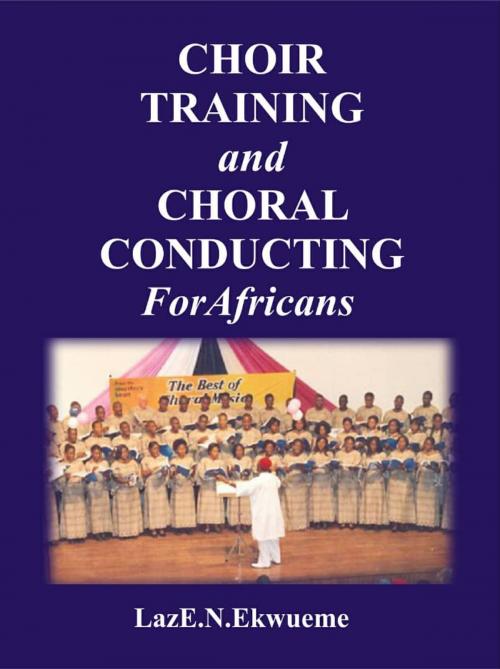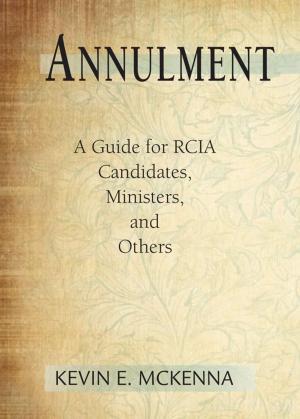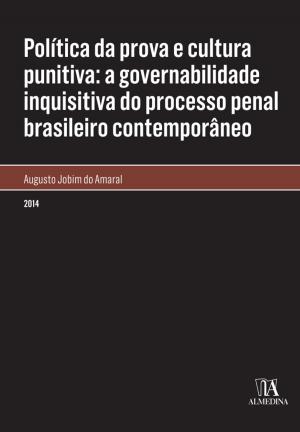CHOIR TRAINING AND CHORAL CONDUCTING FOR AFRICANS
Biography & Memoir, Artists, Architects & Photographers, Composers & Musicians, Reference| Author: | Laz.N.Ekwueme | ISBN: | 1230002386362 |
| Publisher: | CHUKA-E PUBLISHERS | Publication: | June 19, 2018 |
| Imprint: | Language: | English |
| Author: | Laz.N.Ekwueme |
| ISBN: | 1230002386362 |
| Publisher: | CHUKA-E PUBLISHERS |
| Publication: | June 19, 2018 |
| Imprint: | |
| Language: | English |
In this era of cultural "self-discovery" which has led to the determination by each cultural group to assert or reassert its independence, questions have been raised as to the type and quality of music Africans should be making. Consequently disagreements have sometimes arisen as to whether Africans should be singing European songs at all. Questions have also been raised as to what aesthetic taste should be adopted in performing whatever kind of song Africans may sing. Even when African groups perform traditional music, including folk songs and indigenous choruses, should these be sung in parts divided into Soprano, Alto, Tenor and Bass in the European fashion? Even if this or some other type of part division is adopted, should there be "harmony" in the Western European sense? If there is harmony, should it be in the European "chordal progression" style? All these questions make it necessary to determine ab initio the aesthetic guidelines which need to be understood in discussing choral music for Africans.
When a good voice is controlled with good breathing and is in tune with whatever the scale of the song is, combined with other techniques of good singing and a clear enunciation of the words so that they are intelligible to the listener, a good singer is made. When a group is trained to combine the qualities of good singing with the diverse other qualities that can be achieved from group choral activity, including the wide contrasts of range, dynamics, tone colour, etc., then a good choir is produced.
The purpose of this short manual, therefore, is to help choirmasters produce the kind of vocal group which will adopt and adapt the various characteristics and generally acclaimed properties of "good singing" and good choral technique, to enable Africans produce a universally acceptable and widely appreciated musical performance.
In this era of cultural "self-discovery" which has led to the determination by each cultural group to assert or reassert its independence, questions have been raised as to the type and quality of music Africans should be making. Consequently disagreements have sometimes arisen as to whether Africans should be singing European songs at all. Questions have also been raised as to what aesthetic taste should be adopted in performing whatever kind of song Africans may sing. Even when African groups perform traditional music, including folk songs and indigenous choruses, should these be sung in parts divided into Soprano, Alto, Tenor and Bass in the European fashion? Even if this or some other type of part division is adopted, should there be "harmony" in the Western European sense? If there is harmony, should it be in the European "chordal progression" style? All these questions make it necessary to determine ab initio the aesthetic guidelines which need to be understood in discussing choral music for Africans.
When a good voice is controlled with good breathing and is in tune with whatever the scale of the song is, combined with other techniques of good singing and a clear enunciation of the words so that they are intelligible to the listener, a good singer is made. When a group is trained to combine the qualities of good singing with the diverse other qualities that can be achieved from group choral activity, including the wide contrasts of range, dynamics, tone colour, etc., then a good choir is produced.
The purpose of this short manual, therefore, is to help choirmasters produce the kind of vocal group which will adopt and adapt the various characteristics and generally acclaimed properties of "good singing" and good choral technique, to enable Africans produce a universally acceptable and widely appreciated musical performance.









![Cover of the book Life of Richard Cobden [Christmas Summary Classics] by Laz.N.Ekwueme](https://www.kuoky.com/images/2012/november/300x300/1230000034607-wjM4_300x.jpg)





